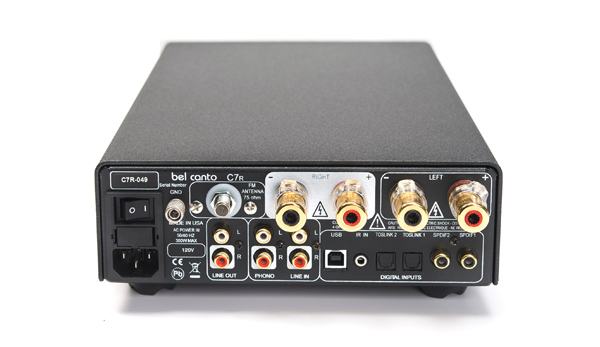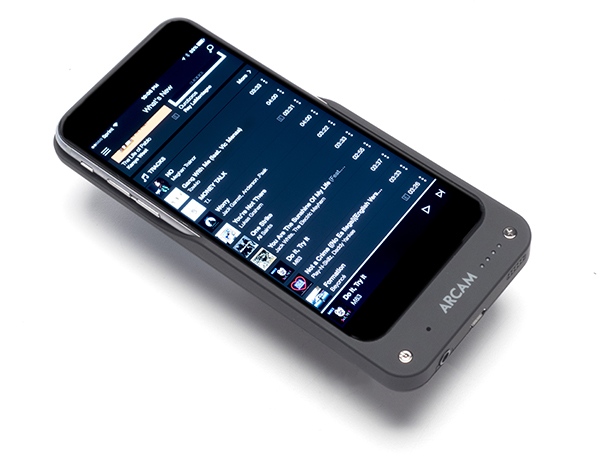 Today’s iPhones offer so much technology and functionality packed into a tiny space, it’s getting harder to imagine how the built-in capability can wow us further. Yet British hifi manufacturer Arcam has developed the MusicBOOST; it’s the ultimate accessory to take your iPhone 6 to the next level.
Today’s iPhones offer so much technology and functionality packed into a tiny space, it’s getting harder to imagine how the built-in capability can wow us further. Yet British hifi manufacturer Arcam has developed the MusicBOOST; it’s the ultimate accessory to take your iPhone 6 to the next level.
The ‘BOOST offers three benefits; first, it’s a protective case. The stiff plastic shell designed to surround the phone pairs with a rubber-like, grippy material on the case back. The soft surface makes the phone less likely to slip from one’s hand, but the plastic is there to absorb impacts in the event the phone is dropped.
Secondly, Arcam has a battery built-in which trickle-charges its host phone on the fly. Arcam’s specs indicate the battery pack roughly doubles the iPhone 6’s internal battery charge.
Third, and most importantly, Arcam squeezes in a DAC and headphone amp maximizing the prowess of an excellent Burr-Brown chip. Yes, the Arcam can drive larger, efficient headphones when they are connected into the MusicBOOST with an 1/8” adapter. However, it’s not an ideal match for less efficient over the head models, like the infamously tough to drive HiFIMan Phones. The MusicBOOST’s internals are a much better partner for efficient IEMs.
How Arcam squeezes all that capability into a case that adds only ¾” to the length of the phone, ¼” to the thickness, and virtually no width change, is a much appreciated engineering mystery making the MusicBOOST a marvelous, and minimally obtrusive accessory weighing in at only 100 grams. And just like their home hifi and home theater components, they do it at a very reasonable price, $189 in this case.
Setup
The iPhone 6 slides into the MusicBOOST from the top, nesting into a lightning plug at the bottom. Once the phone resides within the case though, external lightning cables can no longer be used. The supplied cord featuring a micro USB connector to charge the phone/case combo takes its place.
The case has only two tiny control buttons. One activates the ‘BOOST’s charger for the phone. The second button gives the user insight into the amount of charge remaining in the Arcam. Depending on the button pressed, four tiny LEDs on the case indicate current status. The rest is plug and play, you can start listening to better sound immediately.
Listening
The iPhone 6’s DAC is not bad, however the Arcam offers an upgrade over the sound quality of the iPhone’s native internals. While Apple Lossless encoding of music stored on the phone offers better resolution than the compressed 256 kb/sec option, both formats benefit from sonic improvement with the Arcam in place. Streaming Tidal’s CD-quality music proves even more revelatory; exposing a bigger gap between the iPhone and the MusicBOOST, now offering a relaxed smoothness that the naked iPhone can’t. The Arcam’s lushness isn’t overly romantic, but it does take music to the warmer end of the spectrum. As a result, vocals and instruments render with detail, but without sharp digital artifacts that detract from the overall musical experience.
Bass also receives a substantial improvement over that produced by the stock iPhone. The combination of an excellent DAC chip for decoding, and the extra oomph from the amplifier, gives low notes a more substantial and weighty presence. There’s simply more low-end information to enjoy. Those enjoying more bass heavy music will dig the MusicBOOST.
Higher piano notes, and the complex frequency combinations ushered forth from a cymbal crash, are portrayed with ample strike and decay. While not rolled-off, the warmer characteristic of the DAC does render higher frequencies with politeness over stridency – a welcome combination for long listening sessions.
Soundstaging improves through the MusicBOOST too. While the left-to-right soundstage width does not seem to exceed that of the naked iPhone, music enhanced by the Arcam does have a more beguiling overall quality thanks to an increased sense of depth and ambience, giving the illusion of a larger sonic space from around your head.
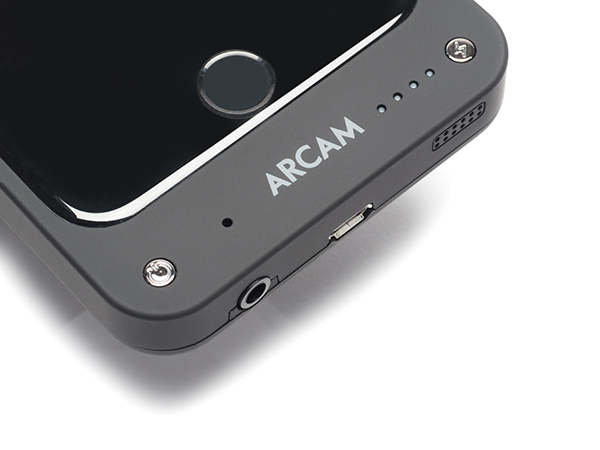
Is it right for you?
Quibbles with the Arcam are minor. First, the lack of wrap-around phone protection at the top of the case leaves me a bit worried. The back of the case does extend slightly beyond the top of an iPhone 6 offering a good level of drop protection, but there are some areas exposed that would leave an iPhone 6 vulnerable to impact at certain angles. I’ve depended on a Spigen case to defend my iPhone from inadvertent drops, and that solution has saved my bacon many times over. It’s a small leap of faith to count on the Arcam as a primary defense measure for the phone, but the incredible functionality makes it worth the risk.
The second caveat with the Arcam is more a matter of personal preference over practicality. Those who crave the revelation of every tiny, bright nuance in a recording might be disappointed. The MusicBOOST’s warmer sound defers to the bigger-picture forest, and not as much to the individual tree branches. On the other hand, if you prefer a slightly more lush musical portrayal than what your stock iPhone delivers, the MusicBOOST will be just the ticket. Again, a lot of this will be determined by your choice of phones.
At about $200, the Arcam is a small investment, and the functionality packed into it provides lot of value. If one attempted to purchase a high quality case, battery boost, DAC and headphone amp separately as iPhone add-ons, all those individual elements would certainly exceed the Arcam’s price. Plus of course, all the individual components could never match the simple and small form factor the Arcam provides in a single package. After my experience testing the Arcam MusicBOOST, it appears my iPhone 6 has found its new long-term travel partner, and I don’t even have to wrestle our publisher for this one, because he has the larger, 6+.
Publisher’s note: Before handing the MusicBOOST of to Rob, I did put it through its paces with my wife’s iPhone 6S and concur with his assessment. With so many external iPhone amps and DACs now available, I really appreciate the form factor and the convenience of the extra charge capacity; anyone running out of juice near the end of the day on a regular basis will really appreciate another full charge stored in the MusicBOOST.
You wouldn’t think the fraction of a millimeter in thickness between the older iPhone 6 and the newer 6S would mean anything, but it does make the difference between snug and tight. Should you have a newer 6S, plan on making your MusicBOOST a permanent fixture as it is a bit tougher to dock and un-dock. The sound quality is a major step up, especially considering the cost factor, enough so that we happily award the Arcam MusicBOOST an Exceptional Value Award for 2016.
For those just beginning their personal audio journey, this will be a fantastic addition to on the go listening. Even with stock iBuds, the “boost” is very worthwhile. Now if they only made one for the 6S+, I could have one! Come on, come on!
Arcam MusicBOOST
MSRP: $189
www.arcam.co.uk (Manufacturer)
www.soundorg.com (US Distributor)
PERIPHERALS
In-ear monitors: JH Audio JH16, Ultimate Ears UE18, Cardas A8, Sennheiser MM 30i
Headphones: Audeze LCD-X, Sennhesier HD650, Sony MDR-7506



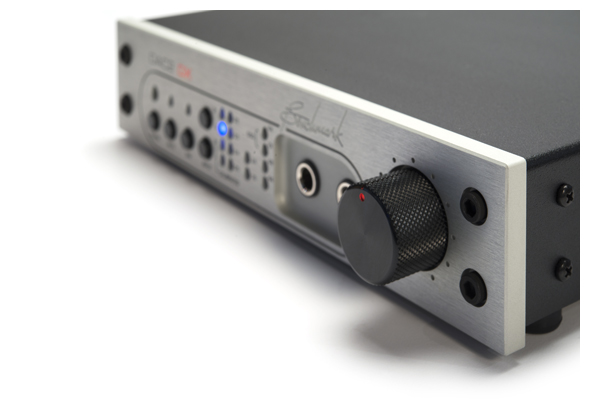
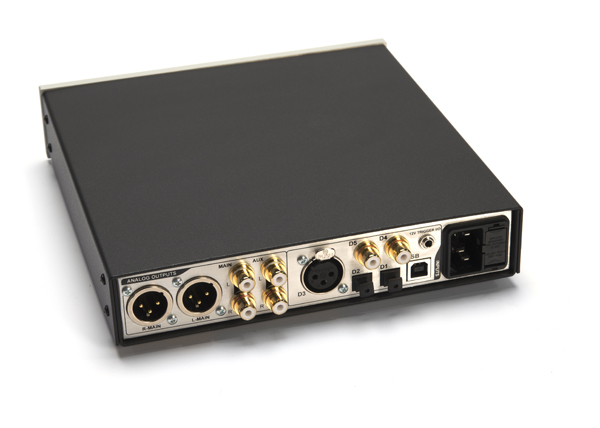
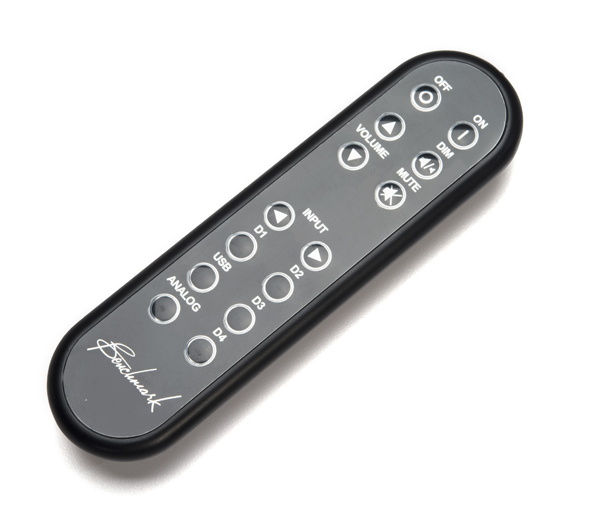
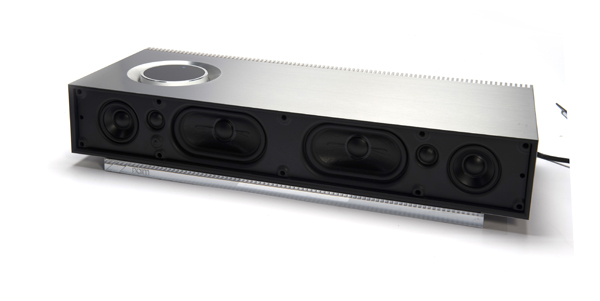
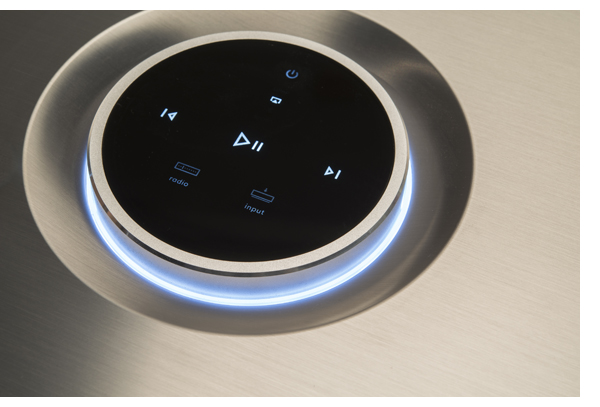
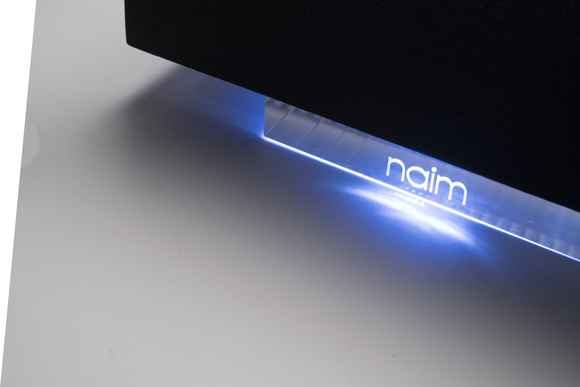
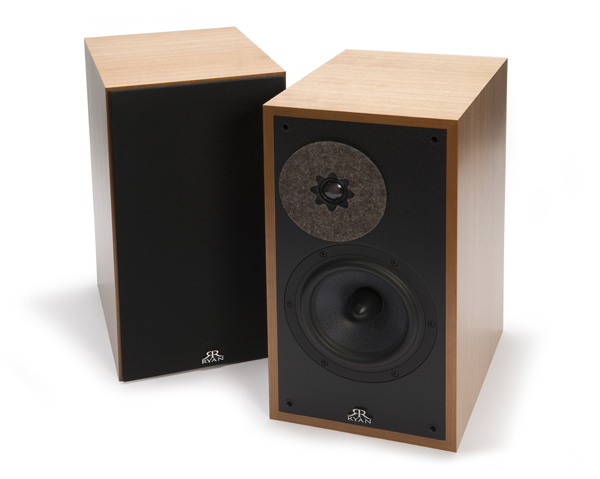
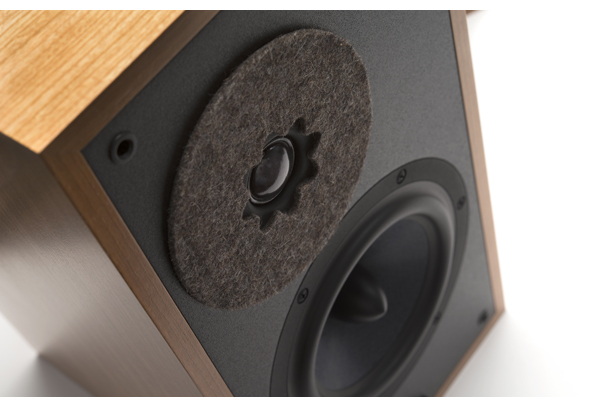
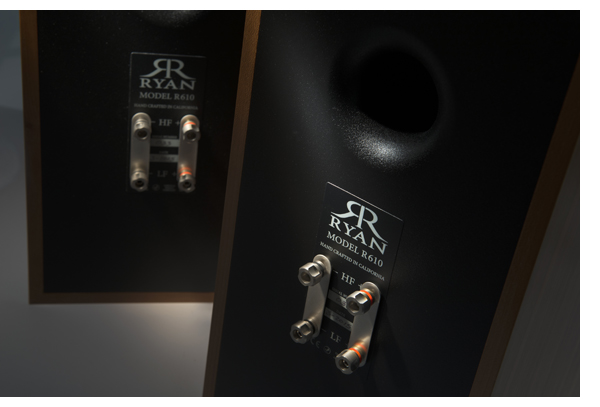
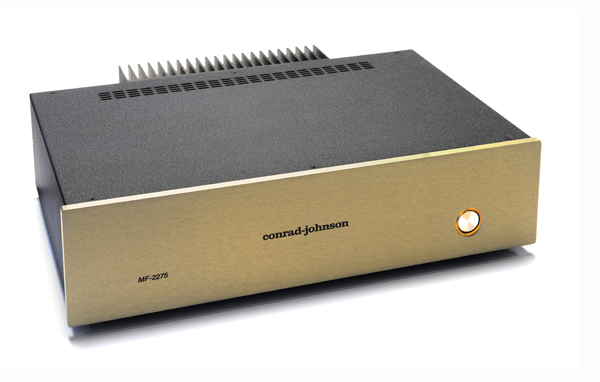
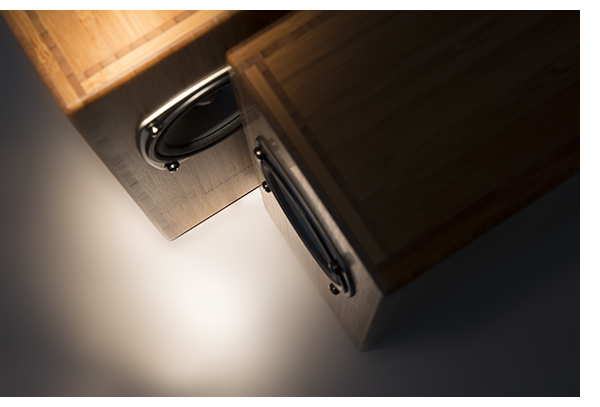
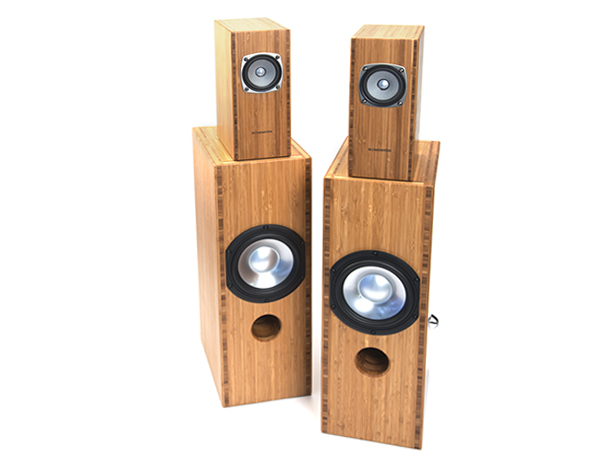
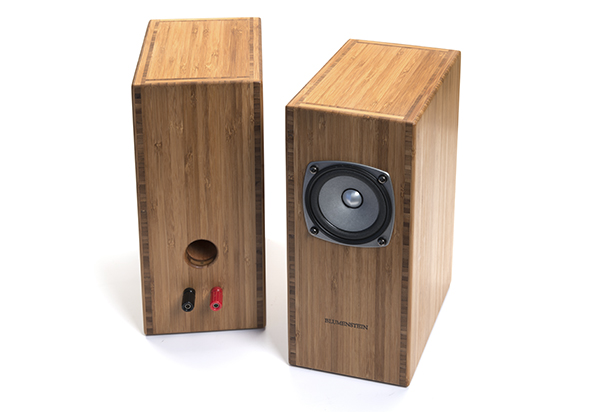
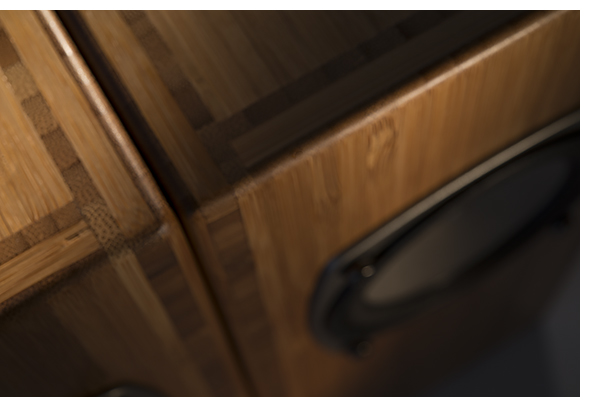
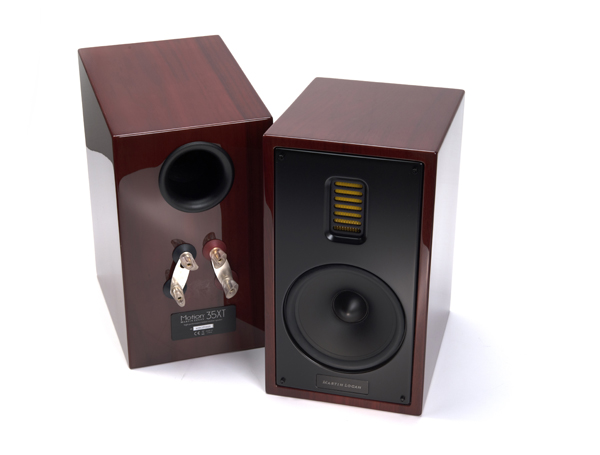 Many people know MartinLogan for its svelte, even avant-garde-looking electrostatic floorstanding speakers, which have earned the company a large and dedicated fan base. But, like a good scientist at work, MartinLogan does not rest on their laurels, continuing to experiment with new designs, like the Motion 35XT, that give potential customers great sound for the dollar. These speakers are designed to sound great as a stereo pair or with other speakers in the Motion line as part of a home-theater setup.
Many people know MartinLogan for its svelte, even avant-garde-looking electrostatic floorstanding speakers, which have earned the company a large and dedicated fan base. But, like a good scientist at work, MartinLogan does not rest on their laurels, continuing to experiment with new designs, like the Motion 35XT, that give potential customers great sound for the dollar. These speakers are designed to sound great as a stereo pair or with other speakers in the Motion line as part of a home-theater setup.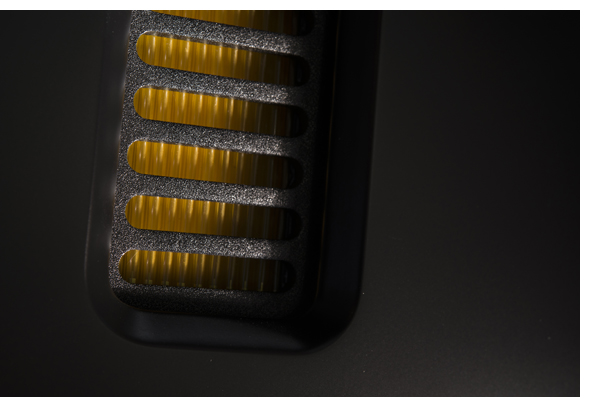
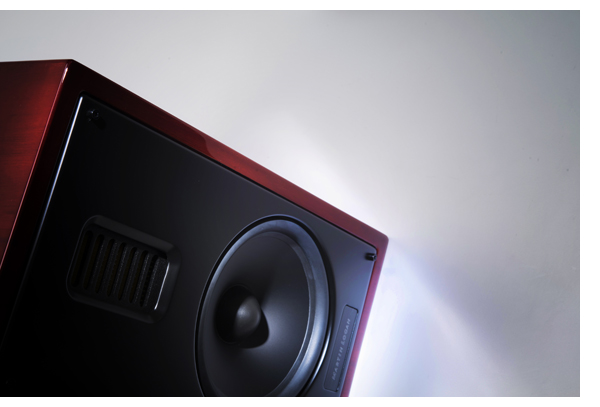
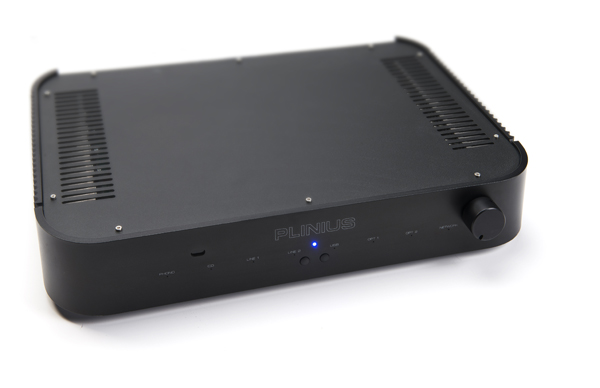 New Zealand’s Plinius Audio has a track record of delivering products that offer great sound for the dollar—and its Inspire 980 certainly offers a lot, especially for $4,450. In addition the power and preamp capabilities of a standard integrated, it also features an onboard MM phonostage and an internal DAC. With all those elements built in, this beauty can serve as a fantastic system hub—just add speakers and sources.
New Zealand’s Plinius Audio has a track record of delivering products that offer great sound for the dollar—and its Inspire 980 certainly offers a lot, especially for $4,450. In addition the power and preamp capabilities of a standard integrated, it also features an onboard MM phonostage and an internal DAC. With all those elements built in, this beauty can serve as a fantastic system hub—just add speakers and sources.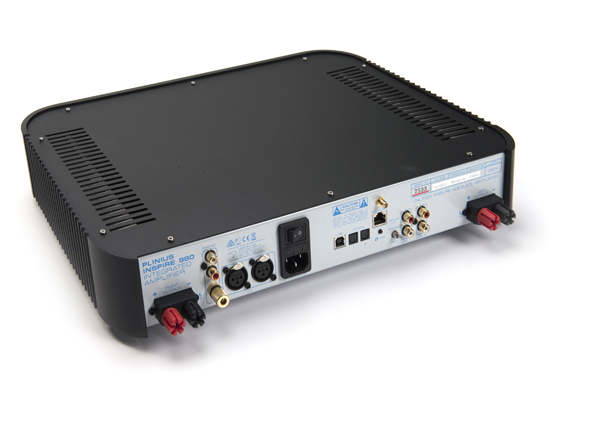
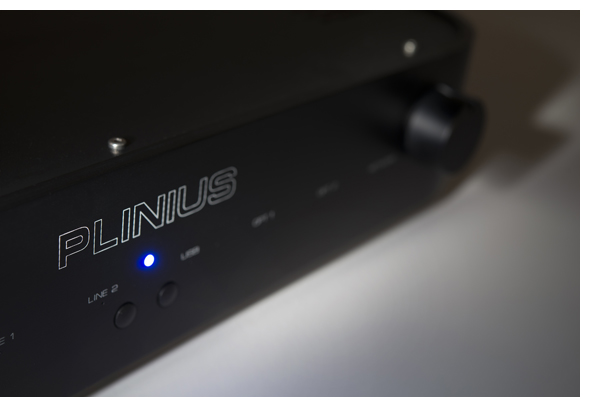
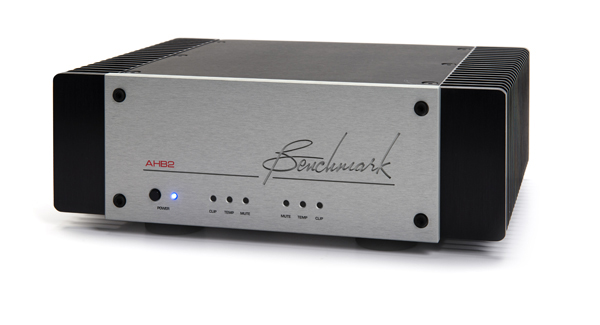 The first thing you notice about the new Benchmark AHB2 is its diminutive size. Even with feet and binding posts, it’s only about 11 inches wide, 4 inches tall and 9 inches deep. And the heat-sink fins account for about a third of that width, making it even more incredible that Benchmark was able to jam so much oomph into such a small body. Regularly lifting amps that leave my back barking for Tylenol, I chuckle with relief when carrying the 12.5-pound AHB2 to my audio rack.
The first thing you notice about the new Benchmark AHB2 is its diminutive size. Even with feet and binding posts, it’s only about 11 inches wide, 4 inches tall and 9 inches deep. And the heat-sink fins account for about a third of that width, making it even more incredible that Benchmark was able to jam so much oomph into such a small body. Regularly lifting amps that leave my back barking for Tylenol, I chuckle with relief when carrying the 12.5-pound AHB2 to my audio rack.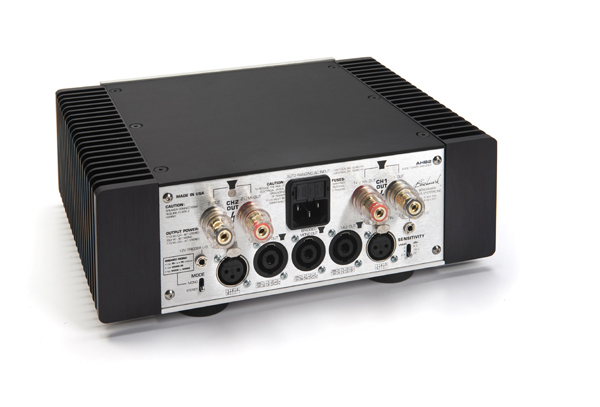 Meeting the Benchmark
Meeting the Benchmark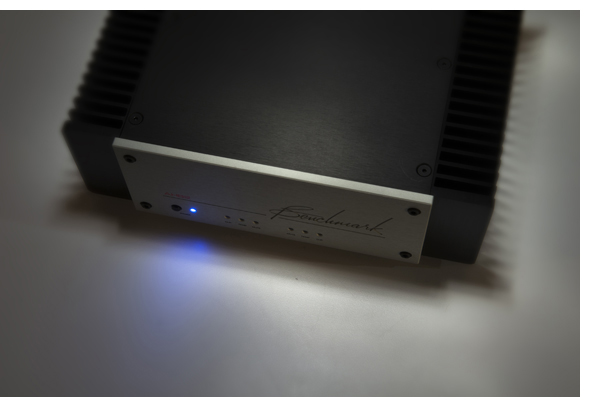
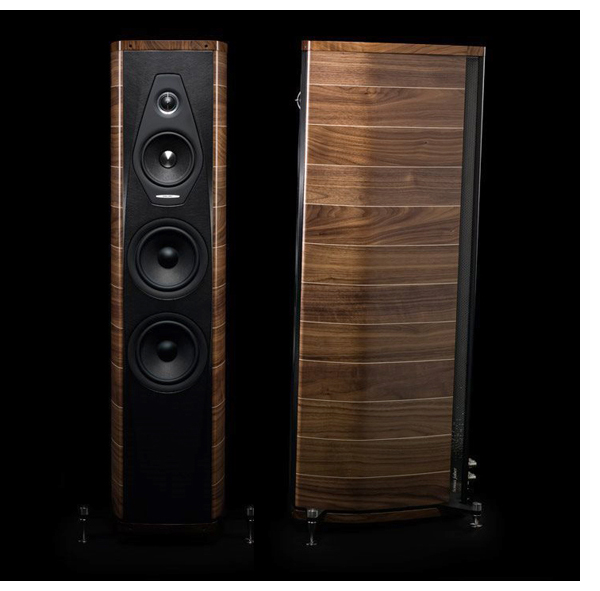 At TONEAudio, we’ve had the pleasure of testing Sonus faber’s flagship
At TONEAudio, we’ve had the pleasure of testing Sonus faber’s flagship 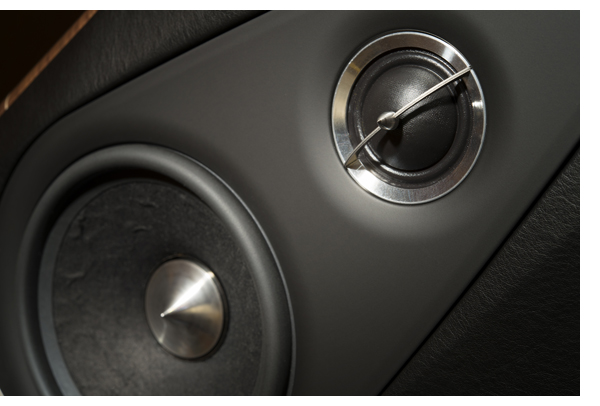
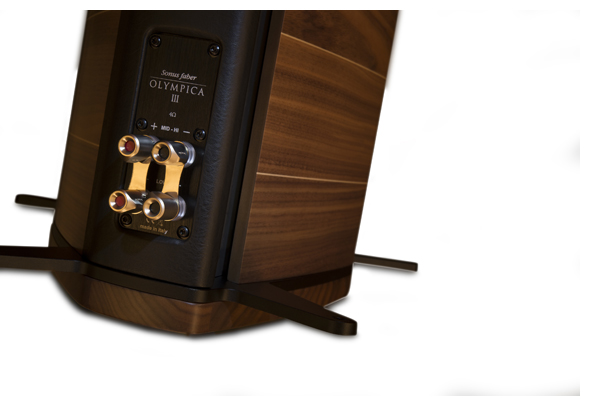
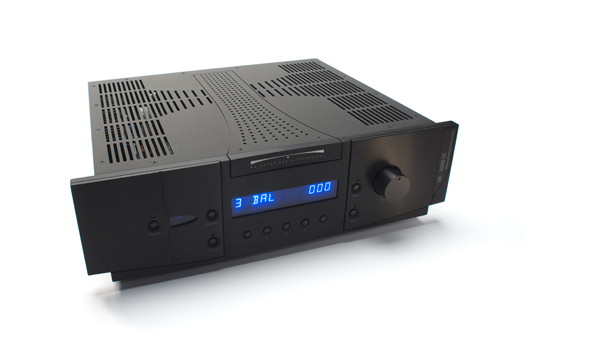 The VK-3000SE from Delaware’s Balanced Audio Technology (BAT) is a vacuum-tube linestage and a solid-state amplifier rolled into one. The latter offers 150 watts per channel into 8 ohms and twice that into 4 ohms. For the preamp section, BAT utilizes a pair of Russian 6H30 valves, which are concealed inside the unit. Some refer to these military-grade tubes as “super tubes” for their longevity and durability; they’re also alleged to have a whopping 10,000-hour lifespan. In the unlikely event of a bad tube, BAT stands behind them with a one-year warranty. (The VK-3000SE itself comes with five-year warranty.) The unit weighs in at 50 pounds and the chassis measures 19 by 5.75 by 15.5 inches. It’s priced at $7,995, which is pretty reasonable considering the amp’s broad capabilities.
The VK-3000SE from Delaware’s Balanced Audio Technology (BAT) is a vacuum-tube linestage and a solid-state amplifier rolled into one. The latter offers 150 watts per channel into 8 ohms and twice that into 4 ohms. For the preamp section, BAT utilizes a pair of Russian 6H30 valves, which are concealed inside the unit. Some refer to these military-grade tubes as “super tubes” for their longevity and durability; they’re also alleged to have a whopping 10,000-hour lifespan. In the unlikely event of a bad tube, BAT stands behind them with a one-year warranty. (The VK-3000SE itself comes with five-year warranty.) The unit weighs in at 50 pounds and the chassis measures 19 by 5.75 by 15.5 inches. It’s priced at $7,995, which is pretty reasonable considering the amp’s broad capabilities.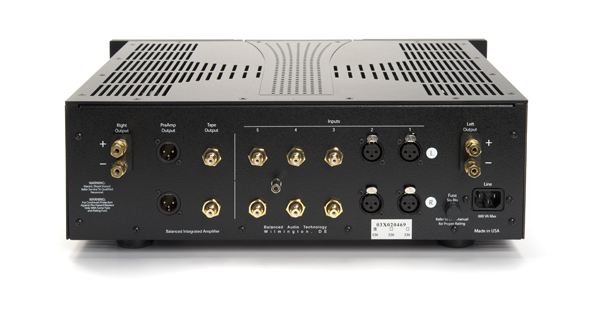
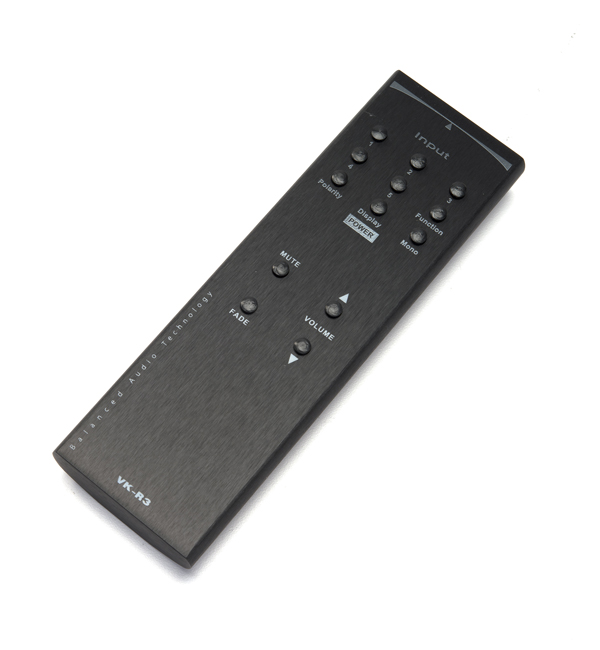
 Though I knew little about Morel before this review, after listening to its new Octave 6 Limited floorstanding speakers, the company now has my attention. Based in Israel, Morel builds car speakers, in-walls, and various standalone options, as well as its own drivers. Morel has been a manufacturer of premier drivers for a number of major speaker companies for some time now, however while all of their drivers share core technologies, the ones utilized in their own systems are built from scratch and customized for that individual speaker. Everything from crossover to the drivers is done in house, except for cabinetry.
Though I knew little about Morel before this review, after listening to its new Octave 6 Limited floorstanding speakers, the company now has my attention. Based in Israel, Morel builds car speakers, in-walls, and various standalone options, as well as its own drivers. Morel has been a manufacturer of premier drivers for a number of major speaker companies for some time now, however while all of their drivers share core technologies, the ones utilized in their own systems are built from scratch and customized for that individual speaker. Everything from crossover to the drivers is done in house, except for cabinetry.












